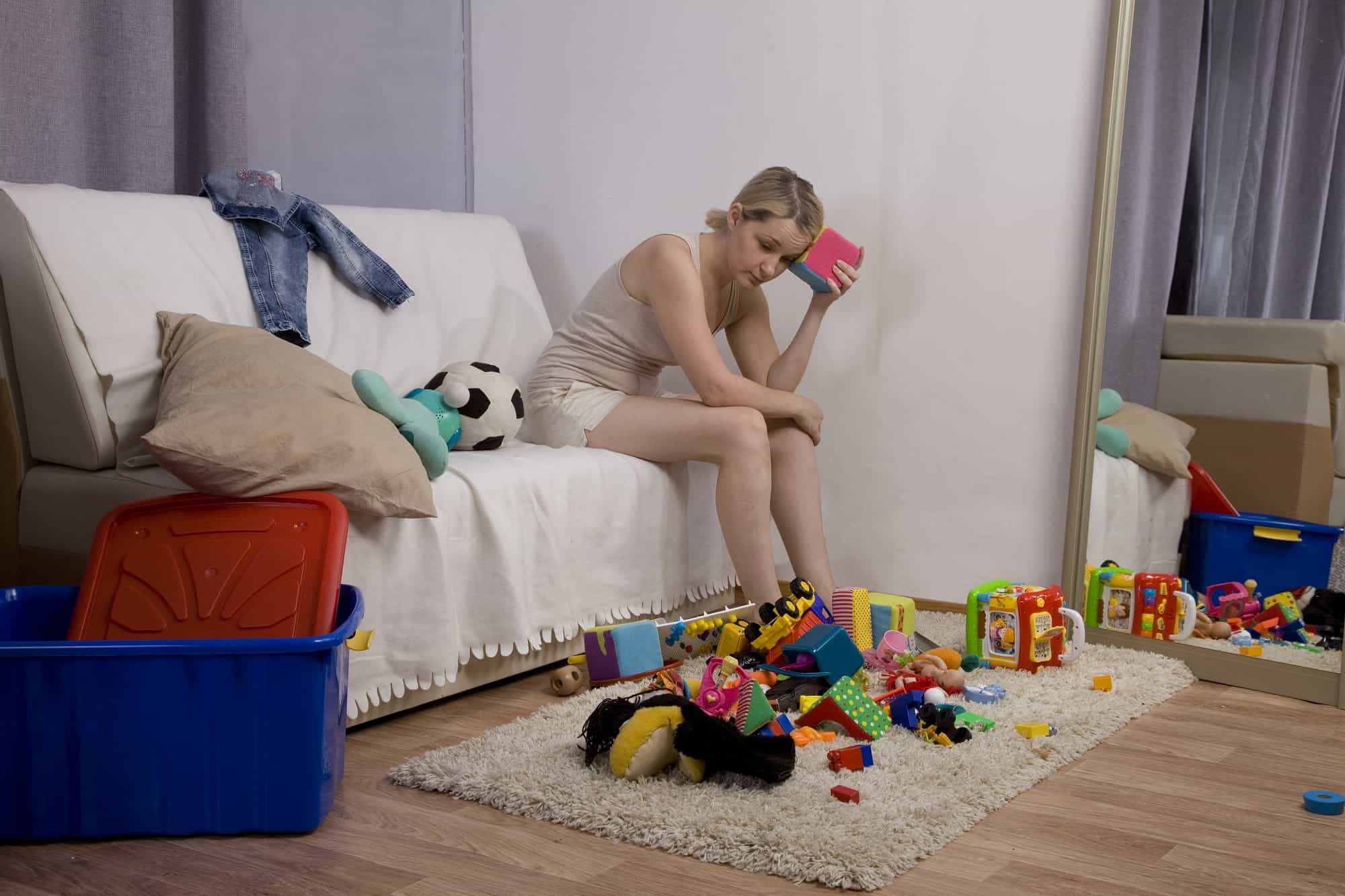Moving to a new home can be exciting for adults, but for kids, it can feel like their whole world has flipped upside down. While you’re busy packing boxes and scheduling the movers, your child might feel anxiety, sadness, or fear about the big change.
Research shows that moving during childhood can have a real emotional impact. One study found that kids who move during their school years are more likely to struggle with depression and anxiety later in life (American Psychological Association). That’s why it’s important to make the transition as smooth as possible.
We’ll walk through research-backed ways to help your kids adjust emotionally after a move—and I’ll share my own moving story with my children so you know you’re not alone.
Why Moving Is Hard on Kids
From a child’s point of view, a move means leaving behind friends, familiar routines, and favorite hangout spots. Kids thrive on predictability, and when that gets disrupted, it can create stress and uncertainty.
Studies have shown that multiple moves during childhood can affect social skills, emotional regulation, and even academic performance (BMC Public Health). For younger children, the loss of familiar surroundings can be especially overwhelming because they don’t have the coping skills to process big changes
Let’s look at how you can help your children navigate moving homes, before, during, and after.
Talk About the Move Early and Often
Studies show that when children feel some control over the process, their stress levels drop (Child Mind Institute). Tell your kids about the move as soon as you can, and give them time to ask questions. Be honest about what’s happening and why, but keep the conversation age-appropriate.
You can even make them part of the planning process. Let younger kids choose a paint color for their new room, and encourage older kids to research fun things to do in the new neighborhood.
Stick to Familiar Routines
Research has found that regular schedules help children manage stress and build emotional resilience (Zero to Thrive).
Here’s what that can look like in real life:
-
- Keep mealtimes consistent, even if it means eating pizza on the floor surrounded by boxes.
- Stick to the same bedtime rituals—stories, prayers, or a favorite lullaby—no matter where you are.
- Continue weekend traditions, like Saturday pancakes or family game night.
Routines are an anchor for your child in the middle of the moving chaos. Even if the scenery changes, the structure stays the same, and that’s a powerful form of comfort.
Create a Sense of Continuity
Aside from routines, you can help kids adjust by keeping certain familiar elements in place. For example:
-
- Pack important, fragile items, like their favorite mug or a beloved photo frame, in a marked box so they’re safe and easy to unpack right away.
- Hang their favorite posters or decorations in the new bedroom.
- Keep their bedding and stuffed animals easily accessible for the first night.
Familiar objects can make the new space feel less intimidating and more like “home” from day one.
Use a family-friendly moving service
Time for a client’s personal story. When their family moved from New York to New Jersey last year, they were more worried about the kids than the logistics. My two were in elementary school, with close friends and routines they loved. I knew the emotional side of the move would be tough.
We hired Zip To Zip Moving Company because they had great reviews. Some users called them a family-friendly moving company because of their ability to work with and around children.
Zip To Zip Moving also made the process so easy for me that I could focus on the kids. While the movers handled our belongings, my husband and I were able to take the kids to the park for a “goodbye picnic” with their friends.
The best part? When we arrived at the new house, the crew had already set up the kids’ bedrooms. Their favorite books were on the shelves, and their nightlights were plugged in. That night, we stuck to our usual bedtime routine, and the kids handled the change well.
Hiring a family-friendly moving company helped make things stress-free for me so I could give my kids the stability they needed.
Help Kids Build New Connections
Moving means taking your kids away from their social network. While your kids might keep in touch with their friends online, you also need to help them build new relationships.
You can:
-
- Sign them up for local sports teams or clubs.
- Attend community events together.
- Invite neighbors with kids over for a casual get-together.
Maintaining old friendships is important too. Encourage regular video calls and plan visits if possible. According to the Seattle Children’s Hospital, strong social support helps children adapt more quickly to new environments.
Set Up Their Space First
When you arrive at the new home, resist the urge to start unpacking the kitchen or garage first. Instead, set up your child’s bedroom. Seeing their bed, toys, and favorite books in place can make the space instantly more welcoming.
This is another area where a good moving company can help. Many offer services that include unpacking and setting up specific rooms, which frees you up to focus on your child’s emotional needs.
Be Patient With the Adjustment Period
Even with all the right steps, your child may still feel sad, angry, or anxious for weeks or months after the move. That’s normal. Offer plenty of reassurance, validate their feelings, and watch for signs that they may need extra support.
If your child’s sadness or anxiety seems to be getting worse, or if it’s affecting their schoolwork or sleep, it might be worth talking to a counselor or pediatrician for guidance.
Focus on the Long-Term
Moving is challenging, but it’s also a chance for growth. Kids who feel supported during a move build resilience, adaptability, and problem-solving skills. By giving them stability through routines, familiar objects, and emotional support, you’re laying the groundwork for them to handle future challenges.
And if you’re planning a move around New York or New Jersey, try Zip To Zip Moving Company. They can handle the heavy lifting, so you can focus on helping your kids feel at home, no matter where you go.









